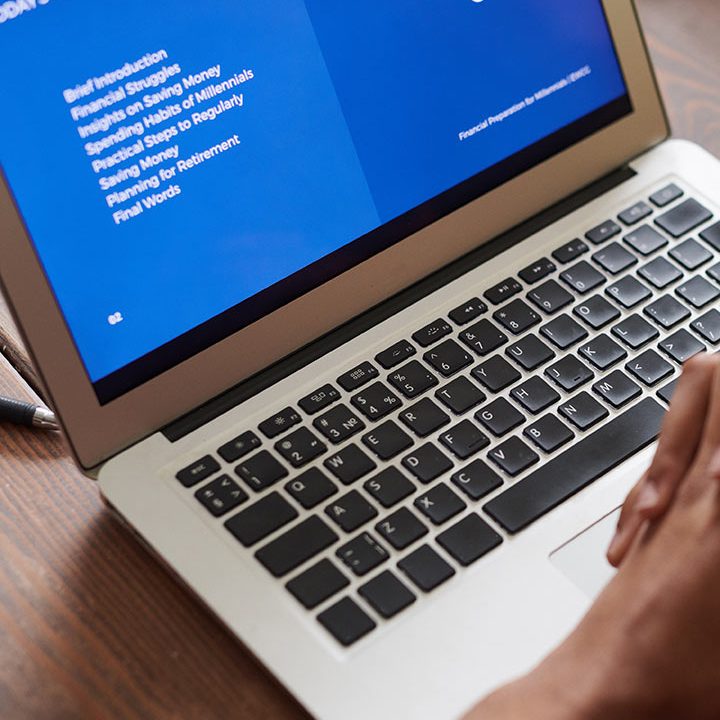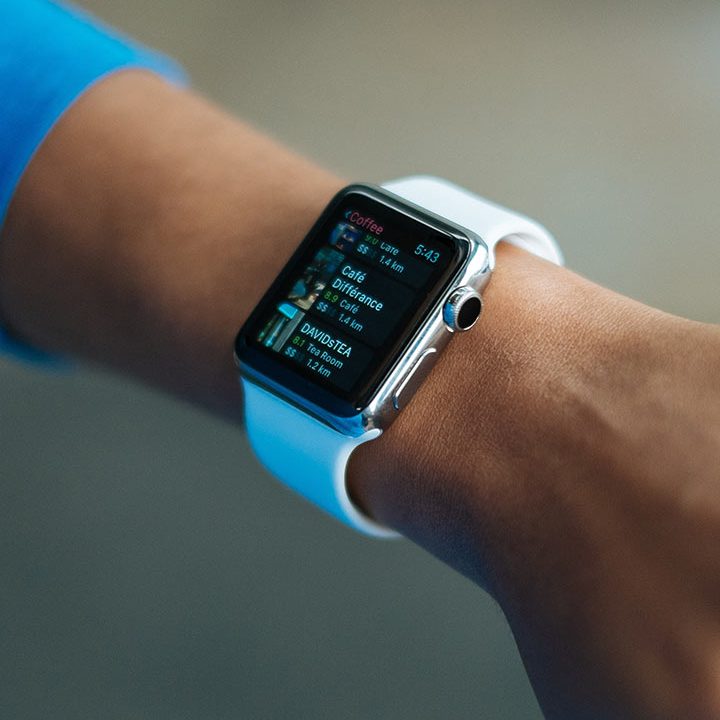What is Flutter? A Complete Guide for Beginners
Introduction
In the rapidly growing world of mobile and web development, developers are constantly looking for tools that allow them to build high-quality applications quickly and efficiently. Flutter has emerged as one of the most popular and powerful frameworks for cross-platform app development.
But what exactly is Flutter? How does it work? Why is it so popular among developers? Let’s dive into a comprehensive understanding of Flutter.
What is Flutter?
Flutter is an open-source UI (User Interface) framework developed by Google. It allows developers to build natively compiled applications for mobile (Android & iOS), web, desktop, and embedded devices — all from a single codebase.
Flutter is widely appreciated for its ability to deliver smooth, high-performance applications with beautiful, customizable user interfaces.
Key Features of Flutter
- Cross-Platform Development: Write once, deploy anywhere (Android, iOS, Web, Windows, macOS, Linux).
- Fast Development: With hot reload, developers can see changes instantly without restarting the app.
- Beautiful UI: Rich set of customizable widgets that follow Material Design (Google) and Cupertino Design (iOS).
- High Performance: Compiles to native ARM code, ensuring fast execution and smooth animations.
- Open Source: Backed by Google and supported by a large community.
How Does Flutter Work?
🏗️ Architecture
Flutter consists of two main parts:
- Flutter SDK:
- A collection of tools including the Dart compiler, build tools, and more.
- Handles compiling code to native machine code.
- Flutter Framework:
- A rich set of pre-designed widgets, libraries, and APIs.
- Built mostly in Dart language, which controls everything from gestures to layout and animations.
🎨 Rendering Engine
- Uses the Skia graphics engine for rendering.
- Unlike other frameworks that rely on native components, Flutter draws the UI directly onto a canvas, ensuring consistent appearance across platforms.
What Programming Language Does Flutter Use?
Flutter uses Dart, a programming language also developed by Google. Dart is optimized for UI development and offers:
- Easy-to-learn syntax (similar to JavaScript and Java).
- Asynchronous programming with Futures and async/await.
- High performance due to native compilation.
Where is Flutter Used?
✅ Mobile Applications
- Android and iOS apps with a single codebase.
✅ Web Applications
- Flutter for web allows building progressive web apps (PWAs) and traditional web apps.
✅ Desktop Applications
- Build apps for Windows, macOS, and Linux.
✅ Embedded Devices
- Flutter can be used in smart devices like kiosks, automotive, and IoT devices.
Popular Apps Built with Flutter
- Google Pay
- eBay Motors
- BMW App
- Alibaba
- Dream11
- Reflectly (AI journal app)
Benefits of Using Flutter
- ✔️ Faster development with hot reload.
- ✔️ Single codebase for multiple platforms.
- ✔️ High-performance apps with native-like experience.
- ✔️ Beautiful and flexible UI.
- ✔️ Large community support and growing ecosystem.
Limitations of Flutter
- 📦 Larger app size compared to native apps.
- 🔌 Some platform-specific features may require native code integration.
- 🏗️ Still evolving for complex desktop and web apps (but improving rapidly).
Flutter vs Other Frameworks
| Feature | Flutter | React Native | Native Development |
|---|---|---|---|
| Language | Dart | JavaScript | Java/Kotlin (Android), Swift/Obj-C (iOS) |
| Performance | Near-native | Good | Best |
| Code Sharing | Mobile, Web, Desktop | Mobile, Web | Platform-specific |
| UI Rendering | Own rendering engine | Native components | Native |
| Hot Reload | ✅ | ✅ | ❌ |
Conclusion
Flutter is a revolutionary toolkit that simplifies app development by allowing developers to create beautiful, fast, and cross-platform applications from a single codebase. With the backing of Google and an ever-growing community, Flutter continues to evolve and shape the future of app development.
Whether you are a beginner looking to start coding or an experienced developer wanting to build cross-platform apps efficiently, Flutter is a skill worth learning in 2025 and beyond.






